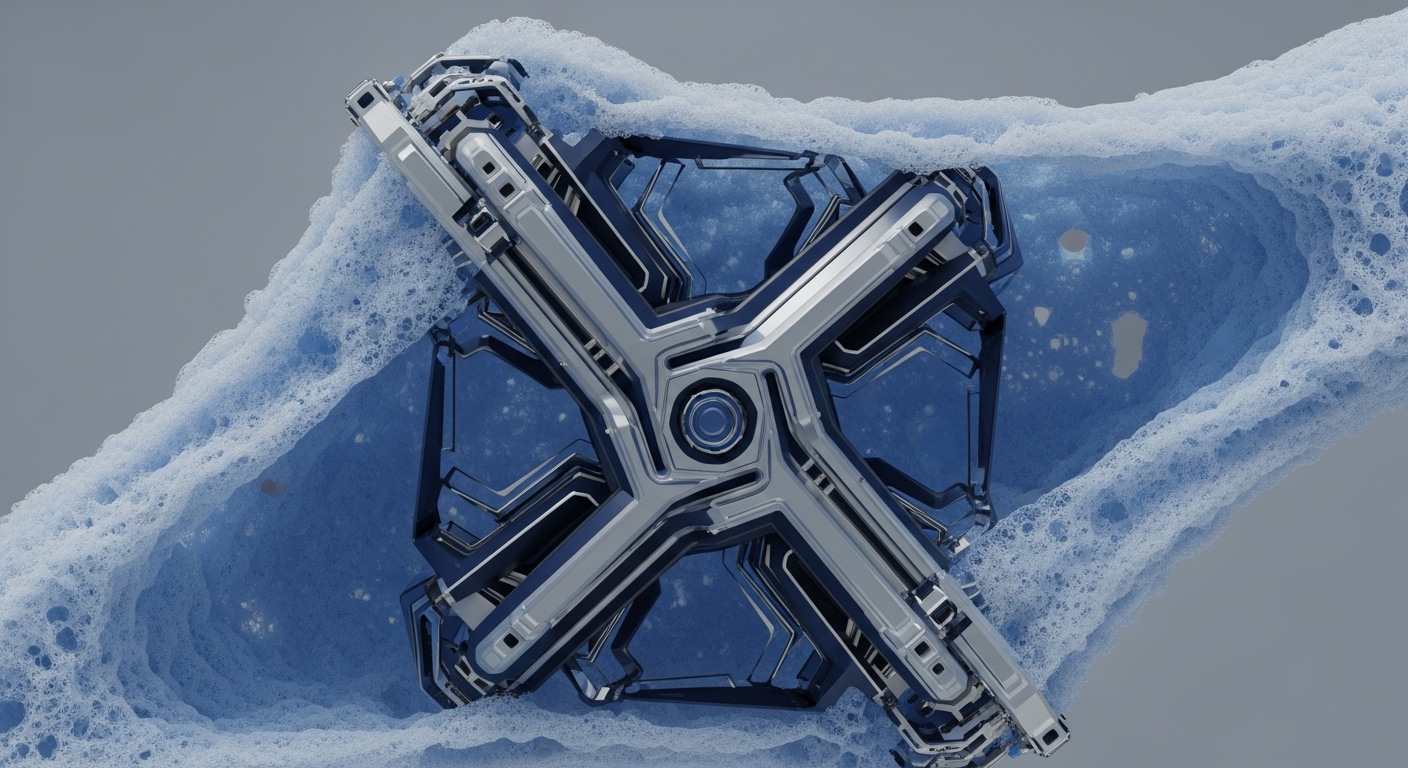
Briefing
Ant Group’s launch of Jovay, a compliance-centric Ethereum Layer 2, fundamentally alters the trajectory of real-world asset (RWA) tokenization by providing a scalable, regulated on-ramp for institutional capital. This initiative directly integrates the massive Web2 user base of its parent company, positioning the L2 as a critical financial infrastructure layer for asset digitization and cross-border value transfer. The platform is designed to handle global markets, specifically targeting the cross-border settlement of on-chain assets, which represents a potential flow of value from Alipay’s approximately 1.4 billion existing users.

Context
Traditional asset management and cross-border trade finance are structurally inefficient, characterized by prolonged settlement cycles (T+2 or longer), opaque valuation processes, and high intermediary costs that lock up significant working capital. The prevailing operational challenge is the fragmentation between physical asset ownership records and digital financial ledgers, which prevents real-time collateralization and inhibits the fractional liquidity necessary for modern capital efficiency. This legacy structure creates substantial friction in transferring regulated assets across jurisdictional lines.

Analysis
Jovay’s deployment as a compliance-first Ethereum L2 directly alters the asset issuance and treasury management systems. The cause-and-effect chain begins with the tokenization of assets like property or bonds onto the secure, shared ledger. This digitization transforms an illiquid asset into a programmable, atomic token, enabling immediate, compliant transfer and fractional ownership via smart contracts.
For the enterprise and its partners, this creates value by reducing counterparty risk through on-chain finality and unlocking trapped balance sheet value for use as instant collateral. The L2 architecture provides the necessary regulatory oversight and scalability, effectively establishing a regulated, high-throughput financial rail that bypasses traditional, costly correspondent banking and custodial networks for asset settlement.

Parameters
- Corporate Entity → Ant Group
- Platform Name → Jovay (L2 Platform)
- Core Technology → Ethereum Layer 2
- Primary Use Case → Real-World Asset Tokenization
- Strategic Focus → Cross-Border Settlement
- Scale Indicator → 1.4 Billion (Potential User Base via Alipay)

Outlook
The immediate next phase involves onboarding consortium partners and regulated financial entities to pilot the cross-border settlement functionality, establishing a new, faster standard for international asset transfer. This move by a major global technology firm sets a powerful precedent, compelling competitors in the Asian and global financial markets to accelerate their own enterprise-grade L2 development or risk losing strategic ground in the emerging tokenized economy. The long-term effect is the establishment of a new global, compliance-centric API for value, standardizing the interface between Web2 enterprise systems and Web3 capital markets.
